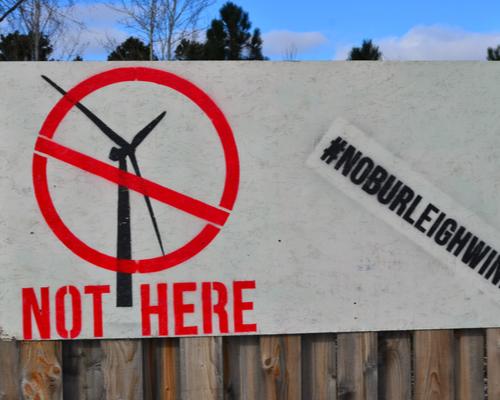Research from CSSN scholars David J. Hess and Dasom Lee and other scholars tracks opposition to a wide range of energy infrastructure across seven carbon-intensive regions in Asia, Europe, and North America.
Conflicted transitions: Exploring the actors, tactics, and outcomes of social opposition against energy infrastructure
Abstract
Given the growing frequency, severity, and salience of social mobilization and community action on energy and climate issues, in this study we systematically explore the configurations of types of infrastructure, actors, tactics, and outcomes of recent opposition to energy transitions across seven carbon-intensive regions in Asia, Europe, and North America. Based on both a literature review and an original dataset of 130 case studies spanning the past decade, we track opposition to a wide range of energy infrastructure in these regions, including low-carbon options such as renewable energy and nuclear power; provide network analyses of the actors and coalitions involved in such events; and develop a typology and frequency analysis of tactics (such as litigation or protest), and outcomes (such as remuneration, policy change, concessions, or labor protections). We show that the politics of energy transitions in carbon-intensive regions varies significantly from country to country and across types of energy, and we discuss how the configurations of infrastructure, actors, tactics, and outcomes can be explained by differences in national institutions and their responses to global or supranational pressures. By bringing both a sociotechnical and comparative perspective to the global analysis of social movements and energy transitions, we suggest how goals of energy transition are refracted through national and subnational institutions and through local mobilizations both in support of and opposed to those transitions.



